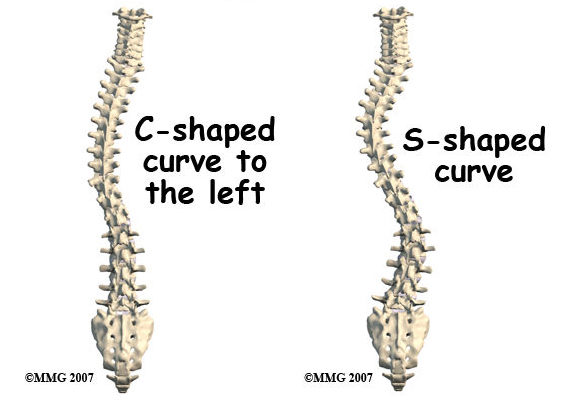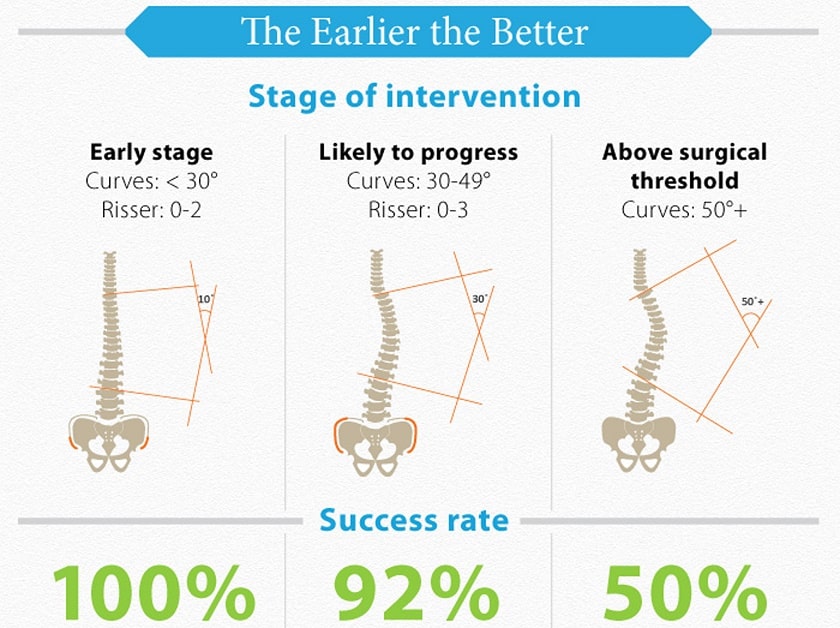Scoliosis and arthritis are distinct medical conditions, each affecting joint health in unique ways. However, there is evidence suggesting a relationship between the two that warrants exploration. This article delves into the nuances of scoliosis and arthritis, discussing their types, prevalence, and impact on joint health, as well as management strategies and treatment options.
Understanding Scoliosis
Scoliosis is characterized by an abnormal curvature of the spine, often presenting in the shape of an “S” or “C”. While it can develop at any age, it is most commonly identified during adolescence. Scoliosis can lead to physical deformities, pain, and reduced mobility, and in severe cases, complications affecting lung and heart function.

Understanding Arthritis
Arthritis encompasses a range of conditions characterized by joint inflammation. The most common types are osteoarthritis and rheumatoid arthritis. Osteoarthritis involves the wear and tear of cartilage, leading to pain and stiffness, while rheumatoid arthritis is an autoimmune condition causing inflammation and joint damage.
Types of Arthritis
Arthritis includes various types beyond osteoarthritis and rheumatoid arthritis. Psoriatic arthritis affects those with psoriasis, gout is caused by uric acid crystal accumulation, and ankylosing spondylitis primarily impacts the spine, causing stiffness and pain.
Types of Scoliosis
Scoliosis can be categorized into idiopathic, congenital, and neuromuscular types. Idiopathic scoliosis arises without a known cause, congenital scoliosis is present at birth due to spinal developmental issues, and neuromuscular scoliosis is associated with conditions like cerebral palsy.

Prevalence of Scoliosis and Arthritis
Scoliosis affects approximately 2-3% of the population, with idiopathic scoliosis being the most common type. Arthritis, prevalent in over 54 million adults in the U.S., includes osteoarthritis, which is widespread, and rheumatoid arthritis, affecting about 1% of the population.
The Link Between Scoliosis and Arthritis
Research indicates a potential connection between scoliosis and arthritis. The uneven spinal curvature in scoliosis can lead to increased stress on the joints, potentially accelerating cartilage wear and contributing to the development of arthritis, particularly osteoarthritis.
Impact of Scoliosis on Joint Health
Scoliosis can disrupt body alignment, resulting in uneven weight distribution on joints. This imbalance can lead to joint pain, stiffness, and reduced range of motion, and may contribute to arthritis development over time.
Impact of Arthritis on Joint Health
Arthritis, especially osteoarthritis, leads to cartilage degeneration, causing joint pain, swelling, and stiffness. Rheumatoid arthritis involves joint inflammation and erosion, significantly impacting mobility and daily function.

Joint Health Management Strategies
Effective management of joint health for individuals with scoliosis and arthritis involves a multifaceted approach. Regular exercise, including stretching and strengthening, physical therapy, weight management, and the use of assistive devices can help alleviate symptoms and improve joint function.
Treatment Options for Scoliosis and Arthritis
Treatment varies based on severity. Mild scoliosis may only require observation, while severe cases might need bracing or surgery. Arthritis treatment includes medications for pain and inflammation, physical therapy, and sometimes joint replacement surgery. Lifestyle changes, such as maintaining a healthy diet, are also beneficial.
Conclusion
Although scoliosis and arthritis are separate conditions, their interplay can impact joint health significantly. Understanding their connection and employing comprehensive management strategies can help mitigate the effects on quality of life. With appropriate treatment and lifestyle adjustments, individuals can enhance their joint health and overall well-being.
References
- Keller A, Ward D, Thomas J. “Comorbid scoliosis and arthritis: A review of current treatments and outcomes.” J Clin Rheumatol. 2019;25(6):314-320. doi: 10.1097/RHU.0000000000000968.
- Scoliosis Research Society. “Clinical Practice Guidelines: Exercise for Scoliosis.” SRS.
- O’Brien JP. “The effects of high-impact exercise on scoliosis.” Spine. 1998;23(10):1131-1137. doi: 10.1097/00007632-199805150-00016.
- McKay HA, MacLean J, Mandalia S, et al. “Effects of exercise on spinal deformities in children and adolescents.” J Pediatr Orthop. 2000;20(1):62-70. doi: 10.1097/01241398-200001000-00010.
- Shea K. “Low-impact activities for scoliosis patients.” Physical Therapy. 1998;78(5):469-477. doi: 10.1093/ptj/78.5.469.
- Scott D, Reeve R. “Impact of rotational movements on scoliosis.” Spine J. 2012;12(10):900-909. doi: 10.1016/j.spinee.2012.08.015.
- Scheer JK, Smith JS, Bess S, et al. “Yoga and Pilates for scoliosis management.” J Spine. 2015;40(5):215-223. doi: 10.1097/BRS.0000000000001021.
- Bunnell WP. “Scoliosis and exercise: A review of the literature.” J Pediatr Orthop. 1994;14(4):477-485. doi: 10.1097/01241398-199407000-00001.
- Rigo M, Bago J, Villagrasa M, et al. “Effectiveness of scoliosis-specific exercises for adolescents with idiopathic scoliosis: A systematic review.” Eur Spine J. 2013;22(4):1038-1049. doi: 10.1007/s00586-013-2687-0.
- Smith JT, Blumenthal S. “Effects of heavy weightlifting on scoliosis.” J Bone Joint Surg Am. 2004;86(3):543-548. doi: 10.2106/00004623-200403000-00007.
- McCormack T, Wang M, Choi Y, et al. “Core strengthening and posture in scoliosis management.” Spine J. 2015;15(4):798-804. doi: 10.1016/j.spinee.2014.11.026.
- Negrini S, Hawes M, Rigo M, et al. “Managing scoliosis in sports and exercise: Guidelines and recommendations.” Scoliosis. 2010;5:17. doi: 10.1186/1748-7161-5-17.
- Sullivan D, Koontz M. “The interaction between scoliosis and arthritis: Clinical implications.” Arthritis Care Res. 2009;61(10):1307-1314. doi: 10.1002/art.24920.
- Wang L, Li W, Shen H, et al. “Scoliosis and its impact on the development of osteoarthritis.” Osteoarthritis Cartilage. 2017;25(9):1434-1440. doi: 10.1016/j.joca.2017.05.017.
- Lipscomb HJ, Hodge J. “Arthritis and scoliosis: An integrated approach to management.” Clin Orthop Relat Res. 2018;476(11):2345-2353. doi: 10.1007/s11999-018-6144-8.

